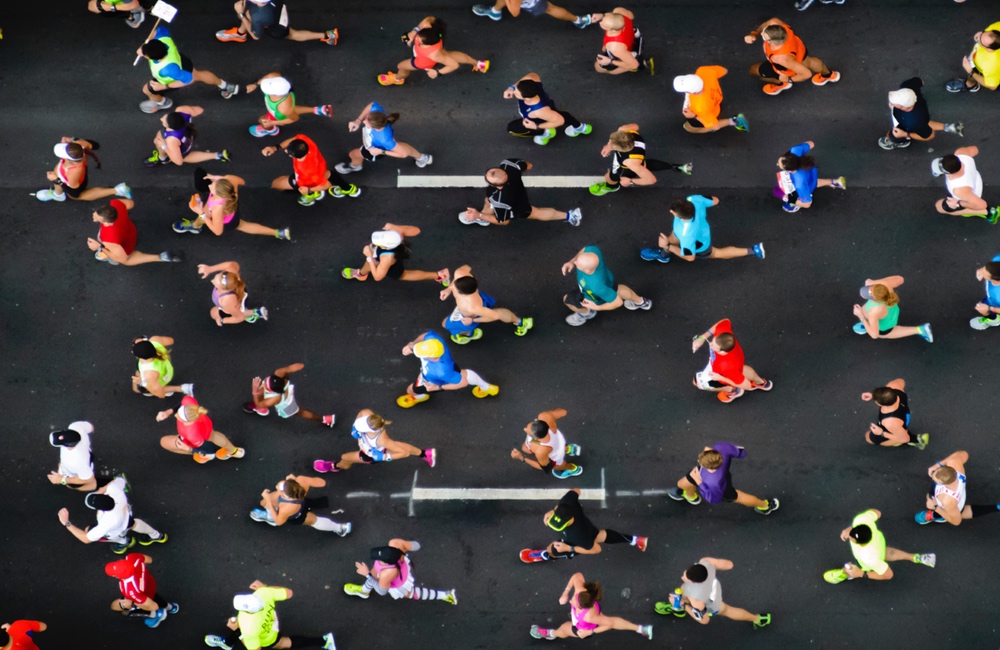In recent years, long distance runners have been getting conflicting advice from experts about liquids. Should they drink as much as possible to avoid dehydration or should they limit their fluid intake to avoid dangerously low sodium levels?
Now, the International Marathon Medical Directors Association (IMMDA) has come forward with updated guidelines that address these questions.
The IMMDA recommends a common-sense approach that boils down to this: listen to your body. Rather than hard-and-fast rules, drinking when thirsty and drinking the types of fluids the runner has a taste for are the best approaches to fluid replacement in most situations.
"Drinking to thirst is the body's dynamic physiologic fluid calculator and in most cases will protect athletes from the hazards of both over and underdrinking," according to the IMMDA.
Past guidelines for fluid replacement during prolonged exercise have recommended estimating fluid losses due to sweating, measuring changes in body weight during the race or following prescribed amounts of fluids. However, these "static" approaches don't consider the body's "dynamic" processes governing fluid balance-or the wide range of shapes, sizes and speeds seen in today's runners.
According to the IMMDA recommendations, published in the July/August 2006 issue of the Clinical Journal of Sport Medicine, studies have shown that thirst is a better guide to maintaining fluid balance than these more rigid approaches.
Runners should also follow their body's cues regarding what type of fluids to drink-plain water or sports drinks which provide sodium and other minerals. During a race, sodium levels may rise because the body loses more water than salt through sweat. When this happens, the body craves water to maintain normal salt levels in the blood. As sodium levels become diluted or when the marathon is over, the runner may develop a taste for sodium-containing items to maintain sodium levels or to restore water in the circulation that was lost through sweat.
There are some exceptions to these new recommendations, particularly in very hot or cold conditions or in older athletes. For example, runners who lose more than four percent of their body weight during a race-or who gain any weight at all-should seek immediate medical evaluation.
"Clinicians and scientists must resist handing out unrealistic 'blanket advice' to individuals seeking simple answers, but rather should encourage athletes to explore, understand and be flexible toward their own needs," the IMMDA concludes. "By providing guidelines and advice on how to appropriately understand individual fluid replacement needs, we can eliminate future fluid balance problems by avoiding the temptation to generalize one rule for every situation and every athlete."





